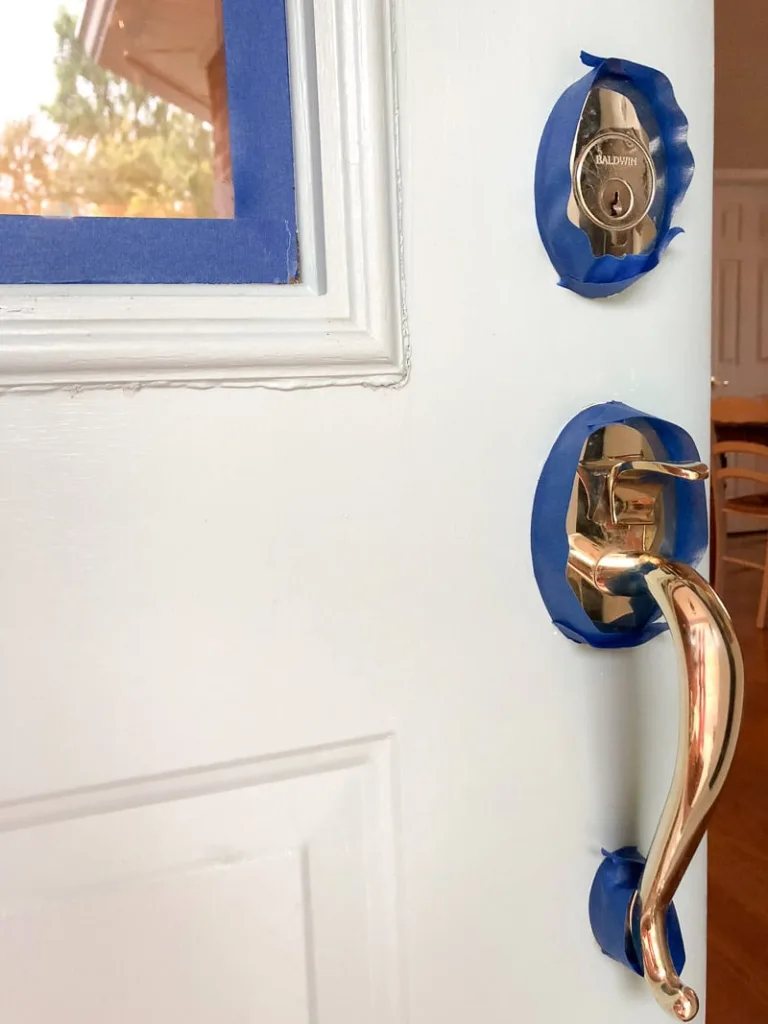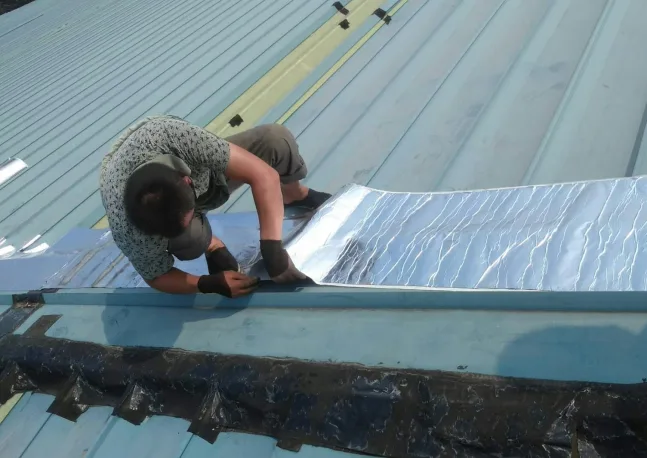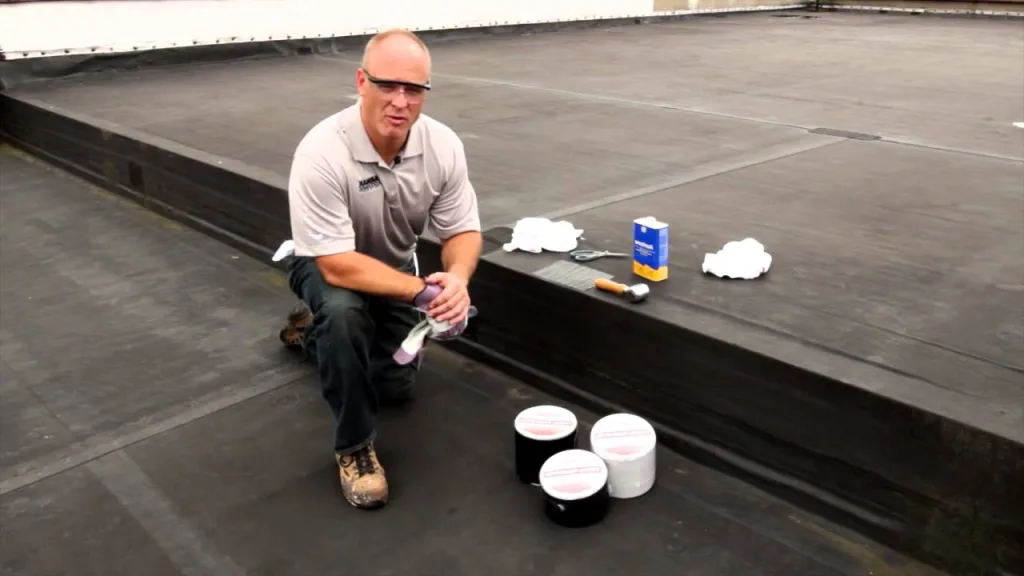Have you ever faced the frustrating challenge of preserving delicate surfaces while painting? Many DIY enthusiasts and professionals often underestimate the importance of using the right tape for various applications. In this article, we’ll dive into the specialty applications of painter’s tape, exploring its role in protecting delicate surfaces, effective techniques for masking door hardware, and essential tips for preserving your tools between coats.
What is a Delicate Surface, and What Tape Should Be Used on Them?
Understanding Delicate Surfaces
Delicate surfaces require specialized attention to prevent damage during painting or other projects. Delicate surface painter’s tapes are designed specifically for jobs that demand gentle handling on surfaces that are easily damaged. Whether you are a DIYer or a professional painter, having the right tape is essential for achieving smooth, clean paint lines.
So what exactly is delicate surface tape, and why is it crucial to use a specific variety for these surfaces? It all comes down to adhesive strength. If tape is too strong, it can cause damage upon removal. While ordinary painter’s tape features medium adhesion to prevent damage, even this can be too aggressive for delicate surfaces.
This is where low-adhesion tapes come into play. These readily available tapes are explicitly labeled for safe use on delicate surfaces. They are engineered to be removed without causing damage, making them ideal for high-stakes environments or projects.
What Surfaces Are Considered Delicate?
Delicate surfaces include any area more susceptible to damage than standard painted drywall. Examples might include wallpaper, flooring, surfaces that have been freshly painted, and intricate trim work. In general, it’s wise to have delicate surface tape on hand for any job that involves these materials. If there’s any concern about potential damage, it’s better to err on the side of caution. In a professional context, damage can lead to dissatisfied customers and costly repairs.
How to Mask Door Knobs and Hinges While Painting
Finding a way to effectively mask door hardware is essential for achieving a professional-grade paint job. Although some might consider removing all door hardware as a solution, it is often unnecessary and time-consuming. Fortunately, you can mask hinges and knobs efficiently with painter’s tape.
For hinges, simply cover the hinge with the tape. Ensure the entire hinge is well-covered. After that, smooth the edges with your finger to create a tight seal around the hinge. Using a utility knife, cut the tape from around the hinge to neatly separate it from the surrounding area. You’re now ready to paint the door! For the cleanest results, be sure to remove the tape from the hinge before the paint dries, which will prevent it from peeling away any paint with it.

Masking around a door knob requires a slightly different approach. Begin by placing the tape parallel to the door as close as possible without overlapping. As with the hinges, smooth the edge with your fingers. Once the area is taped off, proceed with the painting. The key to perfection is to remove the tape while the paint remains wet. This prevents jagged paint lines and ensures a clean finish.
Related article: 5 key points of painter’s tape and masking tape.
How to Preserve Paint Brushes Between Coats
Proper preservation of paint brushes between coats is essential to maintaining their quality and effectiveness. Follow these steps to ensure your brushes are well-protected:
Start by loading the brush with a moderate amount of paint. Avoid overloading it, as this can lead to dripping or messes.
Next, wrap the brush in plastic. This can be a plastic bag or cling film, ensuring that you press out as much air as possible. Keeping the brush sealed prevents it from drying out and maintains the paint’s moisture content.
Lastly, secure the plastic wrap with painter’s tape. This prevents any air from seeping in and ensures the brush stays ready for your next coat.
Related article: Understanding painter’s tape.
How to Preserve Roller Covers Between Coats
Just as with paint brushes, preserving your roller covers between coats is critical during any painting project. Here are the steps to keep your roller covers in optimal condition:
Begin by loading it with a moderate amount of paint, just as you would with a brush. A well-loaded roller ensures even coverage on the next coat.
Wrap the roller cover in plastic, making certain to press out as much air as possible. This reduces the chance of the roller drying out before you can use it again.
Secure the plastic with painter’s tape to make sure it remains tightly wrapped and air-tight. Doing so keeps your roller cover fresh and ready for immediate use when you need to continue your project.
Using these preservation methods for both brushes and roller covers will save you time and effort, ultimately leading to a smoother painting process.
Conclusion
In summary, painter’s tape is not just a tool for masking; it serves a variety of specialized applications that enhance the quality of your work. Understanding the differences between delicate surface tapes and their applications can prevent damage to valuable surfaces. Additionally, knowing how to effectively mask door hardware and preserve your painting tools can make all the difference in achieving professional results. At Fonitaniya Tape Companies, we’ve been an adhesive solution provider for over 15 years, continuously innovating painter’s tape and masking tape to meet your project’s needs. Choose quality tape, and elevate your painting experience!
FAQs
What is painter’s tape used for?
Painter’s tape is used for masking surfaces to create clean paint lines and prevent paint bleed.
Can I use regular tape instead of painter’s tape?
Regular tape may not provide the same clean removal and protection as painter’s tape.
How can I avoid tape residue when removing painter’s tape?
Remove the tape while the paint is still wet to prevent residue and achieve cleaner lines.
Is painter’s tape waterproof?
Most painter’s tapes are water-resistant but are not meant for prolonged exposure to water.
Why is painter’s tape better than masking tape?
Painter’s tape is specifically designed for clean paint lines and easy removal without damaging surfaces.




